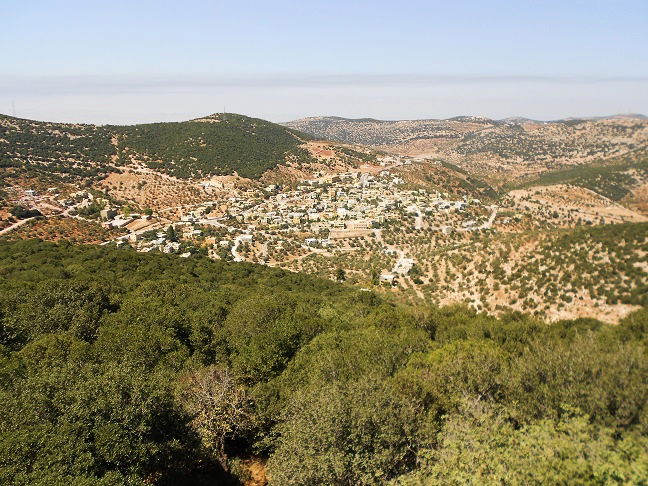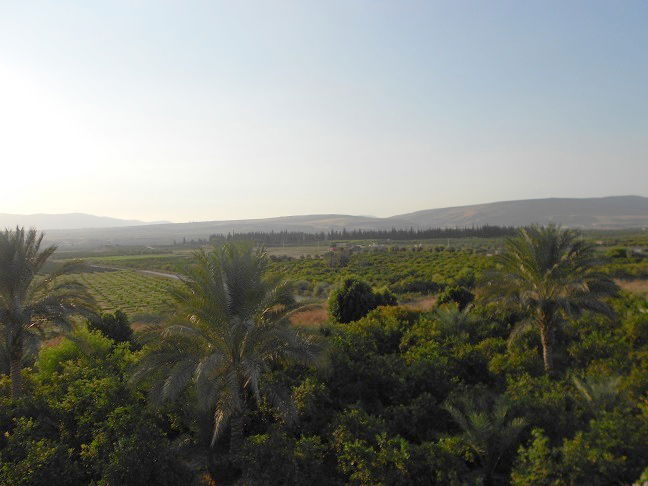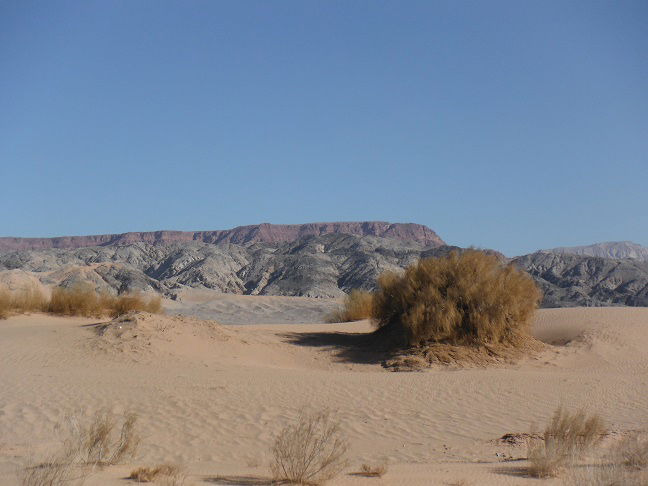Birdwatching in Jordan
( All the photos of birds published on this page have been taken in Jordan and published on https://www.facebook.com/groups/Jordanbirdwatchers/ )
 Glossy Ibis / ph. Rasem Keilani |  Palestinian Sunbird / ph. Majdi Eddin Abu-Shehadeh |  Great Egret / ph. Ramez K. Tamimi |
Jordan is a very attractive destination for birdwatchers, as it is located on one of the most important global migratory flyways between Europe, Asia and Africa: the Rift Valley and Red Sea flyway. The diversity of birds in Jordan is enhanced by this variety of provenance, bringing birds of Afro-tropical, Oriental, European and Palaearctic origins. More than 434 bird species have been recorded in Jordan (2013), so that this country is a particularly interesting destination for professional and enthusiast birdwatchers.
 www.arabnews.comnode1495416middle-east
www.arabnews.comnode1495416middle-east
 Imperial Eagle / ph. Fares Khoury |  White Storks / ph. Iyad Mustafa |  Squacco Heron / ph. Ramez K Tamimi |
The Rift Valley / Red Sea flyway is the second most important flyway worldwide concerning migratory soaring birds, with 1.5 million species migrating through it. It follows the Jordan Valley through Syria, Lebanon, Jordan, and Palestine, and then splits into three routes: the first one crosses the Gulf of Suez and continues down to the Nile Valley. The second one goes along the Sinai Peninsula down to the western coast of the Red Sea. The third one follows the eastern coast of the Red Sea. At the Strait of Bab al-Mandeb, the two last routes converge and branch westwards to join the first route in the African Rift Valley. |  www.migratorysoaringbirds.undp.birdlife.orgenflyway |
 Black Kite / ph. Abdel Hadi |  Marsh Harrier / ph. Hani Kaddumi |  Steppe Buzzard / ph. Abdel Hadi |
Following the 2013 Record, Jordan counts:
- 434 bird species (the list grows and constantly evolve due to improvement in the records), belonging to 66 families.
- 350 of those species are passage migratory species
- 69 species are breeding residents
The favourable seasons from birdwatching in Jordan are autumn, when birds fly southwards (among them, flocks of Steppe Eagles, Montagu's Harriers, Pallid Harrier...) , winter as some migratory species stay and breed in Jordan, and spring, when birds travel northwards (among them Steppe Buzzard, Honey Buzzard, Steppe Eagle, Levant Sparrowhawk...).The summer seasons counts less visitors. Moreover, the large diversity of landscapes and biotopes in Jordan provides habitats to many indigenous species that can be spotted all over the year.
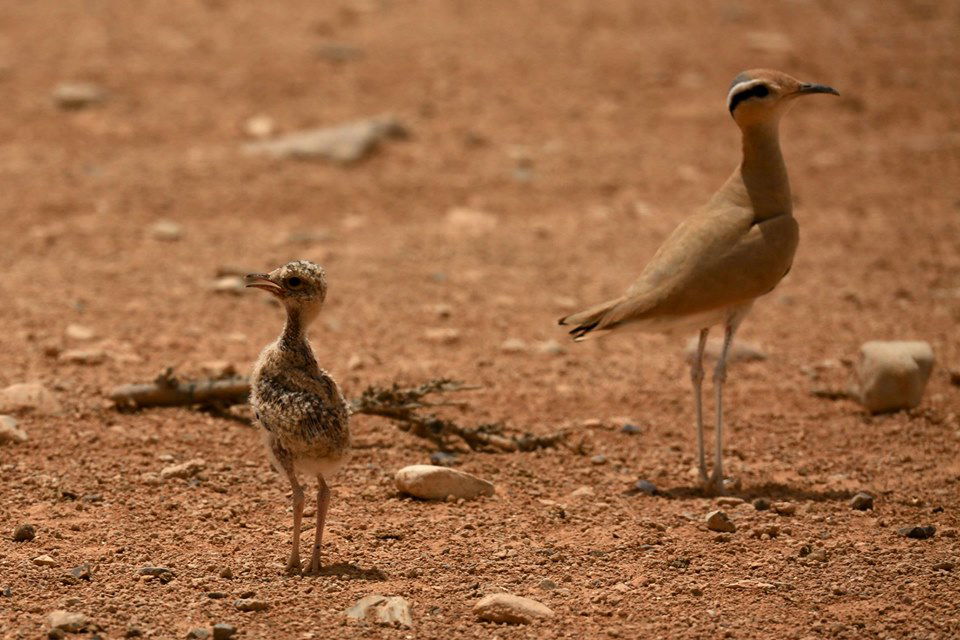 Cream-colored Courser / ph. Mohammed Asfour |  Common Sandpiper / ph. Abdel Hadi |  Temminck's Lark / ph. Abdel Hadi |
 Map of Jordan indicating the natural reserves and the Important Birds Area / http://migratorysoaringbirds.undp.birdlife.org | Jordan counts 12 nature reserves where theoretically hunting is prohibited and 27 zones identified as "Important Bird Areas" for the preservation of the biodiversity. Biotopes are shares between different ecological regions which support the presence of diverse habitats: the desert areas, the steppes, the wooden highlands, the tropical Rift Valley and rocky mountains. As Jordan is a small country, it is easy for birdwatchers to pass from a biotope to another and spot a large diversity of birds during a same trip. |
 Blue-cheeked Bee-eater / ph. Fares Khouri |  Chukar / ph. Abdel Hadi |  Blue Throat / ph. Mohammed Asfour |
Birds play a major role in numerous ecological processes. They contribute to pollination, to seed dispersion, to pest control. They are also indicator of the environmental viability. Despite of an interesting biotopes diversity and large desert areas, birds species undergo severe threats and pressures in Jordan, mainly due to human activities. Many habitats zones are located outside of the protected areas and in a relatively small country with a fast growing population, preserved biotopes face more and more limitations.
Birds are impacted by:
- urban development
- development of intensive agriculture, inducing simplification of landscapes, destruction of natural habitats and food resources, use of pesticides, herbicides and chemical fertilizers.
- decreasing of woodlands (sometimes replaced by cultivated orchards. In this case, traditional farming can contribute to the preservation and diversity of certain species).
- decrease of natural water bodies
- hunting, collection and trapping
- wind turbines located at the proximity of migration corridors (affecting especially the soaring birds)
- invasive species
The below catalogue gives some species we can see in the different key areas, with a mention about the favourable time for spotting them. It is not exhaustive and can be improved over time. Clicking on the birds names will open the information pages on Wikipedia (below photos by author).
 Pied Wagtail / ph. Fares Khoury |  Scrub Warbler / ph. Fares Khouri |  Kingfisher / ph. Ebrahem Habibeh |
 Kestrel / ph. Ramez K Tamimi |  Little Owl / ph. Abdel Hadi | 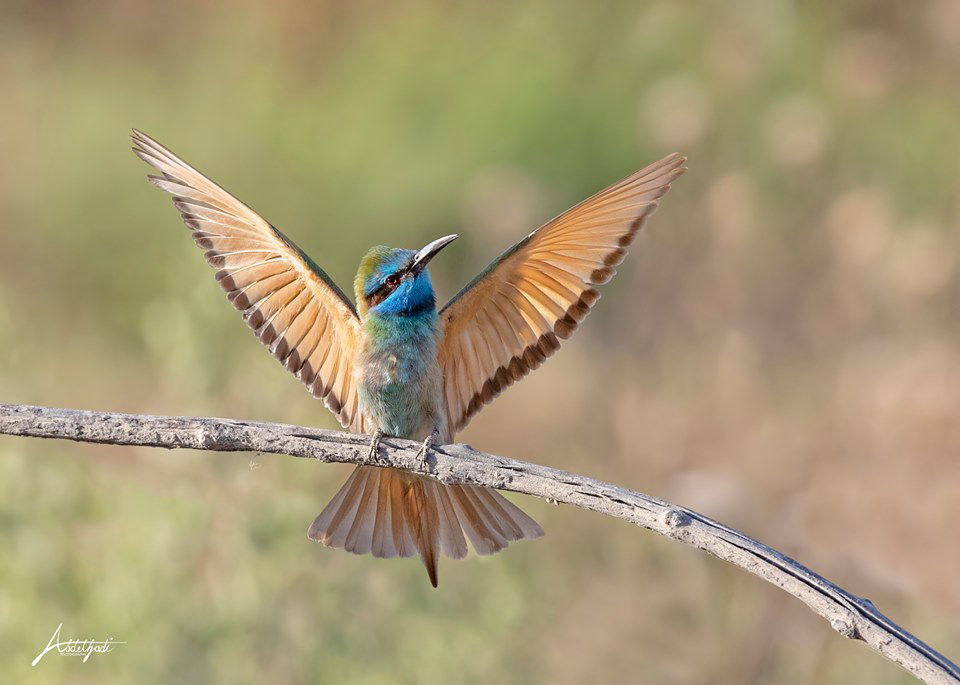 Little Green Bee-Eater / ph. Abdel Hadi |
References:
- Wild Jordan, RSCN, Birdlife International: The State of Jordan's Birds, 2013
- Fares Khoury: A Birdwatcher's Guide to Madaba, 2017
- Ian Andrew: The Birds of the Hashemite Kingdom of Jordan, 1995
- http://migratorysoaringbirds.undp.birdlife.org/sites/default/files/jordan_birding_brochure.pdf
- Banan Al Sheikh, Masashi Kumamotott, Abdel Rahman Sultan: Fied Guide to Wild Life of the Sharhabil Bin Hassneh EcoPark, 2012
Mobile App: https://play.google.com/store/apps/details?id=com.kilani.birds_of_jordan
